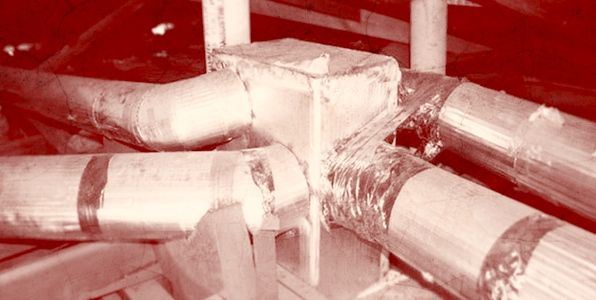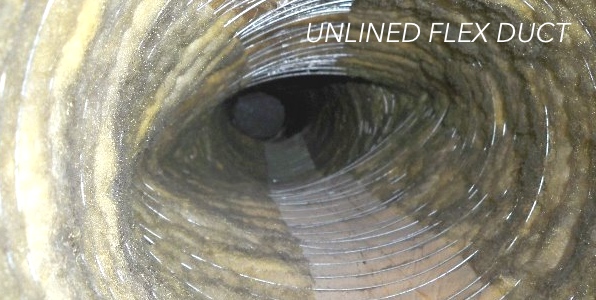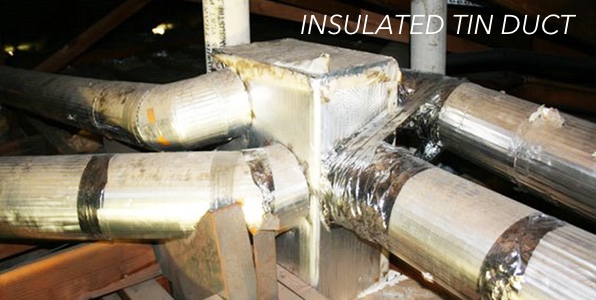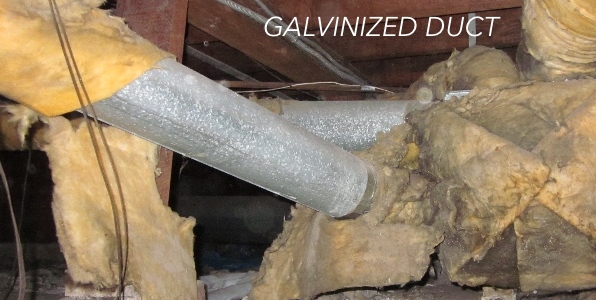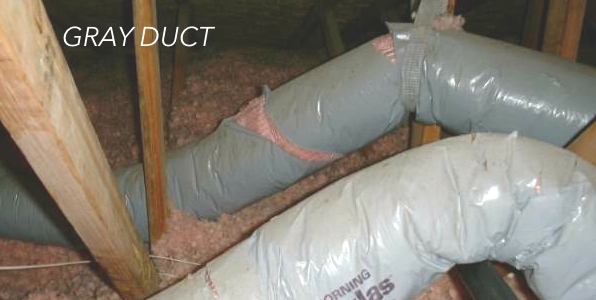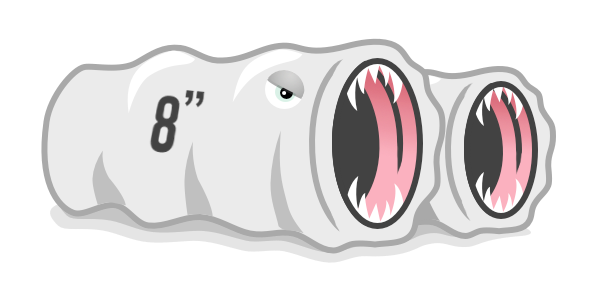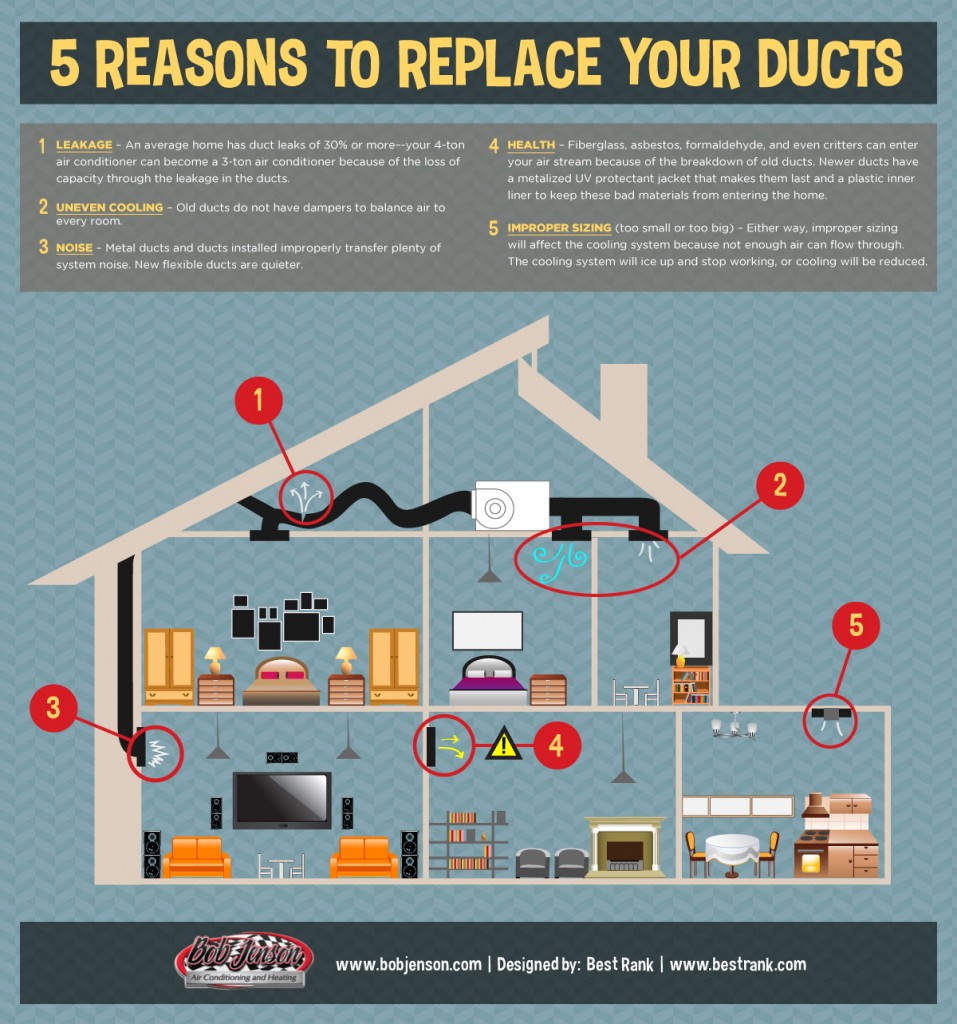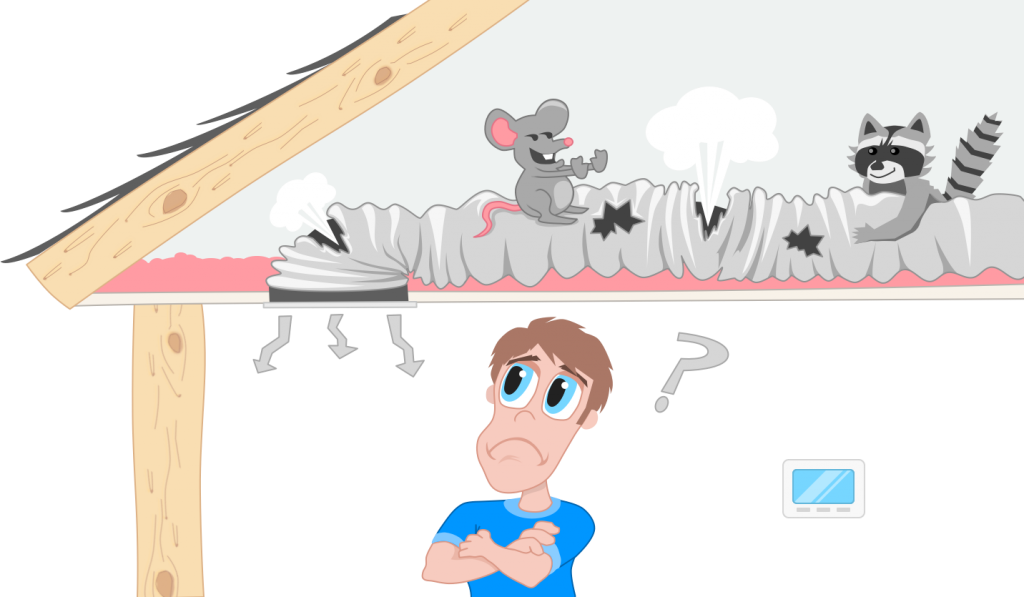Air Ducts and Registers; Why They are Important
Quicklinks to other articles in this series:
What Are Air Ducts and Registers?
Air ducts are the intricate system of tubes and related parts that distributes the airflow of your air conditioner (and HVAC system at large) throughout your home or commercial building.
Registers at the end of each air duct direct the airflow within a room or space. Supply air registers are not returns; they do not bring air back into an HVAC system. A return will have a permanent, unmovable grille. In addition, supply air registers and returns are also called “vents”.
Where Are Air Ducts & Registers Located?
Air ducts are located behind walls and floors and are visible in crawlspaces, attics, and basements or cellars. Some split-system air conditioners do not use conventional ducting, though ductless air conditioning may not be right for all homes or businesses.
Registers are installed on metal cans in the opening of a wall. For example, either up high toward the ceiling or near the base of a wall. Also registers are found in floors in older homes .
How Do They Each Work?
Apart from the air ducts themselves, ducting includes other crucial components:
- Vibration isolators, which minimize an operating HVAC system’s vibration
- Metal cans allow the flow of air to move from the ducts to the registers
- Dampers, which adjust the volume of air
- Vanes, which smooth out air flow around turns
in order to have a balanced, comfortable home, careful sizing and placement of return and supply air ducts and registers is important.
Registers have bars that you can control with an adjustable damper (a lever, knob, or another movable part on one side of the register) to reduce or direct airflow.
What Makes Them Important?
Ducting acts as the arteries and veins of your air conditioning system. They deliver the right amount of cool air to each room in your home or commercial space.
Registers help control the comfort level of a space by providing a way to direct airflow at the point it enters a room.
Different Types of Air Ducts and Registers
Ducts come in many, many styles and shapes, including oval, round, and rectangular, and they are formed from materials as varied as fiberglass, galvanized steel, aluminum, polyurethane panels, and plastic. Don’t be confused by pipes that transfer refrigerant or other vapors and liquids; air only moves thru ducts.
Registers come in various materials, including aluminum, steel, and even wood. Many people buy registers and returns with custom-designed slats or decorative covers.
(Note: for a list of outdated ductwork in the Southern California, check out this blog post.)
Maintenance and Repairs
Do you smell a faint, musty scent of dirty laundry? That could indicate mold is growing in your ducting. You may want to call a professional technician to inspect your ductwork. They can detect the presence of mold and accumulated dust, which can make you sick.
Despite the name, duct tape is not suitable for sealing up ducts. Instead, to ensure ducts don’t leak, heat and uv resistant tape is used .
Though vents are not the typical cause of an HVAC malfunction, they can contribute to one. Check registers for any debris that builds up. Or for loose, cracked, or broken vent covers. When switching out vent covers, be sure to take accurate measurements to purchase the correct replacements. Occasionally wipe your registers with a damp cloth to remove any accumulated dust and debris.

